Hello dears! Cate and Julian Rosefeldt were in LA last week for the first public conversation about Manifesto. We have some pictures and extracts from the panel, thanks to the LA Times.
If, given the occasion, you want more infos on the art project, check the right sidebar to follow the exhibition tour and visit the director’s site. Enjoy!
A chameleonic Cate Blanchett materializes in Julian Rosefeldt's 'Manifesto' at Hauser & Wirth gallery by ?: @debvankin ?: @francineorr ?@latimes ? @latimesphotos @HauserWirth #art #film https://t.co/AjlWqKdqng pic.twitter.com/BSvKOr9743
— Francine Orr/LATimes (@francineorr) November 1, 2018
A chameleonic Cate Blanchett materializes in Julian Rosefeldt’s ‘Manifesto’ at Hauser & Wirth gallery
More than a dozen Cate Blanchetts have shown up for our interview today. One, in a crisp blazer and stick-straight hair, is all business; another, wearing a draped turban and dark plum lipstick, is downright demanding; yet another, in a soft floral blouse and glasses, is contemplative, pious-seeming; a dirty, unkempt version unfurls with rage.These vastly different Blanchetts are part of German video artist Julian Rosefeldt’s multi-channel film installation, “Manifesto” (2015), which opened at Hauser & Wirth on Saturday. Blanchett embodies 13 different characters, including a feral-looking homeless man, a Russian choreographer, a television news anchor, a lonely puppeteer and a beleaguered trash incineration plant worker. All of them recite snippets from the manifestoes of artists, activists, poets, performers, filmmakers and intellectuals throughout the 19th, 20th and 21st centuries in unrelated vignettes on separate screens in the gallery.
Suddenly, a 14th Blanchett emerges — and for a moment, she is speechless.
The actress, in a hot pink blazer and jeans, steps gingerly into the pitch-black gallery, blinking as her eyes adjust to the darkness. She’s seeing this incarnation of the installation — its West Coast debut — for the first time and surveys the cavernous space with Rosefeldt as if bewildered at first, or possibly overwhelmed by the drama and potency of the artwork. Her disorientation is understandable: The glowing film screens hang from the ceiling in the darkness, as if floating midair, or are mounted to separate walls. The visuals are lush and textured; the blaring audio, as all the characters prattle on at once, is cacophonous, a disconcerting jumble of disparate declarations, diatribes and calls to action.
“Wow,” Blanchett says, finally. “This is so … intense.” Sparks fly from a lighted fuse cord on one screen; her manifestation of a hunched homeless man hobbles across a foggy, gray field on another; her severe choreographer hollers instructions at showgirl dancers onstage on another screen, the schlop-schlop sound of their feet rising in volume with hers. As Blanchett moves among these splintered selves, her amazement simmers into satisfaction of a job well done.
“I found the process of doing this utterly freeing. It was like doing stand-up or something,” she says. “The experience I had of saying the words is that you cease to make sense of them. You get hit on a much more sort of [visceral] level, it’s more the energy of the manifesto.”
Then, Blanchett tosses her head back and laughs, nostalgically, pointing to a nearby screen. “Remember that? We were losing the light,” she says to Rosefeldt, of a graveside eulogy scene at dusk. They exchange knowing chuckles, as if college roommates sharing road trip secrets.
“Manifesto,” is a joint labor of love for Blanchett and Rosefeldt. The two met in 2010 in an art gallery in Berlin and vowed to one day work together. Rosefeldt approached Blanchett about the project three years later. He had been reading Futurist manifestoes by poet and choreographer Valentine de Saint-Point, which he’d quoted in his film “Deep Gold.” Sensing a resurgence in manifesto writing, Rosefeldt says, he began seeking out and reading other artists’ declarations going back in time.
But the world was a very different place five years ago, when Rosefeldt first conceived of the work. It was different even in 2015, when the installation debuted at the Australian Centre for the Moving Image in Melbourne, and when the linear movie version premiered at the Sundance Film Festival in 2017. The individual manifestoes quoted in the work may be timeless in their urgent desire to make the world a better place through art, but the work as a whole has new relevance, set against our current sociopolitical landscape, Rosefeldt says.
“I believe that this specific time we’re living in almost calls for manifestoes again,” he says, later adding that the art installation itself is not meant to be a manifesto — even though it’s often perceived by audiences as such.
“They read it as a call for action or an antipopulist piece,” he says. “I guess it’s because they sense that energy and anger that a lot of these texts have. Which is the opposite of the anger of Trump or [Brazil’s President-elect Jair] Bolsonaro — it’s an intelligent anger, it’s a creative anger, it’s a productive anger, it’s a wish to change something, but with inspirational thoughts. And we just have the exact opposite on the political map nowadays more and more.”
Each of the 13 vignettes in the work is a “text collage” of sorts, in which Rosefeldt stitched together lines from the writings of individual artists such as Claes Oldenburg, Sol LeWitt, Yvonne Rainer and Jim Jarmusch and groups including Surrealists, Situationists, Futurists and Dadaists. The scenes playing out on-screen — in which Blanchett delivers the manifesto lines to other characters or directly into the camera — aren’t necessarily related to the words being spoken. But the disconnect, Rosefeldt says, may force the viewer to think harder, pay closer attention.
In one scene representing filmmaking manifestoes, a schoolteacher strolls from desk to desk, handing out test booklets to 8- and 9-year-old children. “Nothing is original,” she instructs them, quoting Jarmusch. In another vignette representing conceptual art and Minimalism, Blanchett’s staccato-sounding, perfectly erect news anchor says, deadpan into the camera, “All current art is fake,” a line from appropriation artist Elaine Sturtevant. Blanchett’s mousey homemaker, in a vignette representing Pop Art and featuring Oldenburg’s 1961 “I Am for an Art” manifesto, calmly sets the dining table before leading her family in prayer. “I am for an art that is political-erotical-mystical,” she begins, hands clasped and head down. Blanchett’s tattooed, rocker chick reclines on a couch, post-party, in a vignette representing Stridentism and Creationism. “Ideas often run off the rails,” she says, quoting Manuel Maples Arce.
Such a heady project, meant to be viewed in art galleries, could have been a risky endeavor for an Oscar-winning actress. But Blanchett scoffs at that idea.
“I don’t see the point in doing something if you’re not risking falling on your face,” she says.
So Blanchett and Rosefeldt dived right in.
The two met for one long afternoon in New York to develop the material, whittling down a list of 50 or 60 characters and vignette possibilities. The work was shot in just 12 days in Berlin in 2014, with Blanchett there for 11. It was a frenzied, fast-paced, “kamikaze-style” shoot, as Rosefeldt describes it, in which they moved quickly from location to location, often shooting in one take, and there was little — if no — time for rehearsals.
“Each of these texts is like a theater monologue that you’d normally rehearse for weeks. And Cate did it, like, ‘snap,’ without really preparing,” Rosefeldt says.
Instead, every evening after shooting, Blanchett recorded the text for the next day’s vignette, and she listened to it in her trailer each morning while undergoing an hours-long process of physical transformation. As makeup artist Morag Ross, hair artist Massimo Gattabrusi and costume designer Bina Daigeler applied wigs, fake teeth and padded body parts, Blanchett fine-tuned her accents and physical gestures.
“It was a much more external process. I had to decide [in the trailer]: ‘How about this character talks like that?’” she says in a deep, gravelly sounding voice. “Or, ‘What about the character talks like this?’” she coos in an elegant, lady-like manner.
The chaotic pace of filmmaking worked, Rosefeldt says.
“Just jumping into the cold water, just doing it, was very good for this project, because it created a certain freshness to the text,” he adds.
If she had to choose a favorite character, it would be the dual roles of in-studio news anchor and reporter in the rain, Blanchett says.
A manifesto line that resonated? Mierle Laderman Ukeles’ Fluxus sentiment:
“’But after the revolution, who’s going to pick up the garbage on Monday morning?’” Blanchett recites. “I just find that such a provocative thought.”
Synchronizing the sound between the vignettes — each 10½ minutes long and playing on a loop — was akin to conducting an orchestra, Rosefeldt says. Even where the screens themselves are placed inside the gallery is strategic, audio-wise — one room is quieter, the other more thunderous.
“The work is composed so that you have moments of cacophony, where it’s hard to focus on each and every text. But you also have quieter moments, so there’s also a musical dramaturgy, a natural rhythm.”
One factor that binds most of the manifestoes is that they were written when the authors were young. They share a youthful bluster and a rebellious spirit.
This is especially evident at the end of each loop, when the sound is most synchronized. The characters all speak at once, in rapid monotone, as if the manifestoes are in dialogue with one another. The collective volume steadily rises until little is discernible. It’s at once passionate, intriguing and disconcerting.
That’s the point, Blanchett says. Ultimately, the work explores the universal role that artists play in our society. And it’s not a passive one.
“The role of the artist, it’s an ancient role where it has to be social propagation and social commentary,” she says.
“There’s a sense, increasingly, that artists have to be consistent. Our job is to be inconsistent and reactive and provocative and impolite — and there’s a lot of that energy in the manifestoes.”
 Welcome to Cate Blanchett Fan, your prime resource for all things Cate Blanchett. Here you'll find all the latest news, pictures and information. You may know the Academy Award Winner from movies such as Elizabeth, Blue Jasmine, Carol, The Aviator, Lord of The Rings, Thor: Ragnarok, among many others. We hope you enjoy your stay and have fun!
Welcome to Cate Blanchett Fan, your prime resource for all things Cate Blanchett. Here you'll find all the latest news, pictures and information. You may know the Academy Award Winner from movies such as Elizabeth, Blue Jasmine, Carol, The Aviator, Lord of The Rings, Thor: Ragnarok, among many others. We hope you enjoy your stay and have fun! 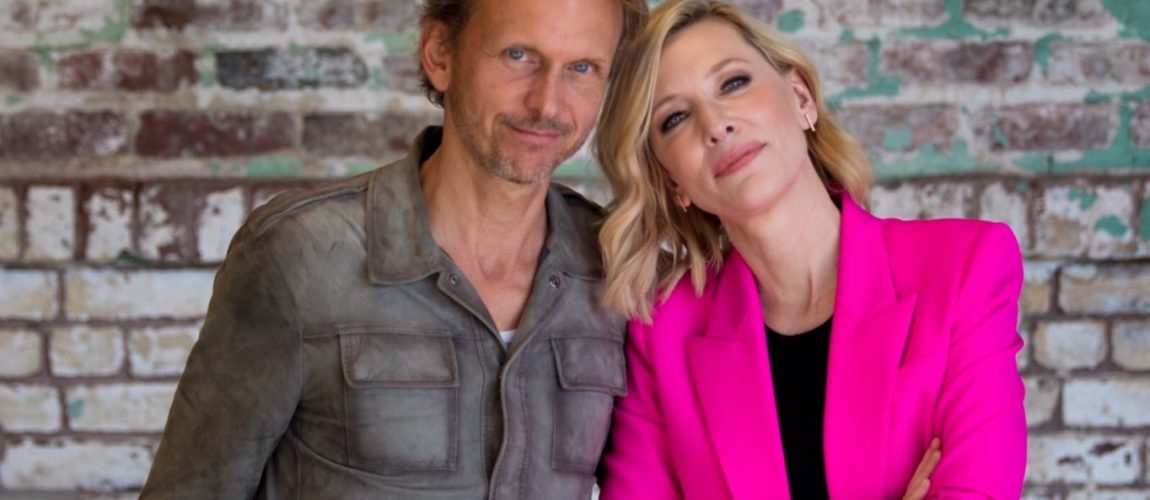



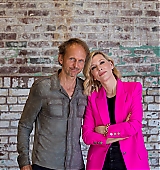

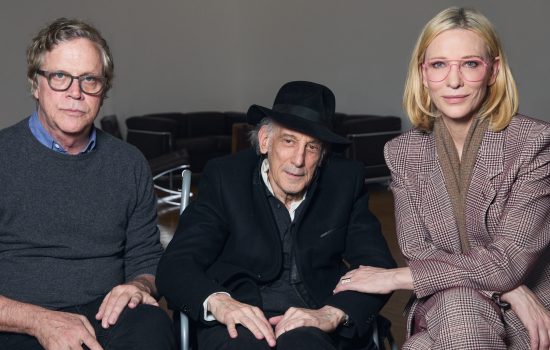
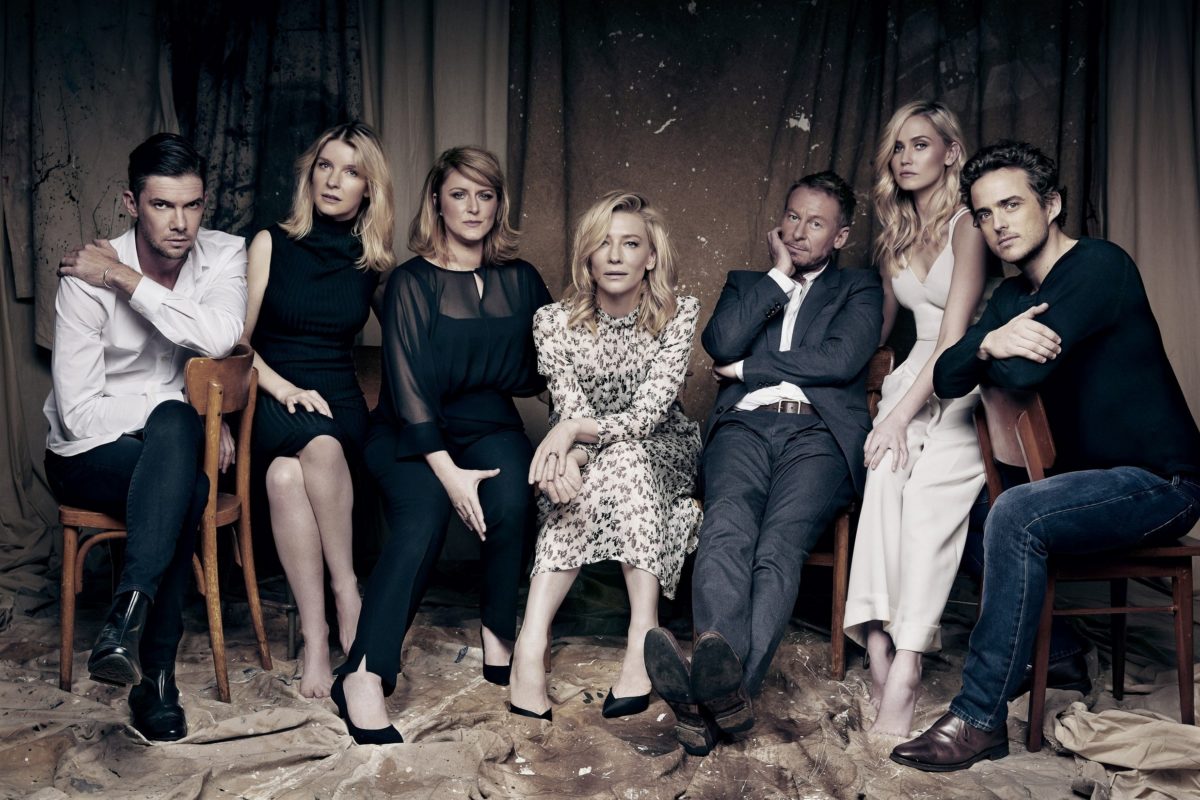

 A Manual for Cleaning Women (202?)
A Manual for Cleaning Women (202?) The Seagull (2025)
The Seagull (2025)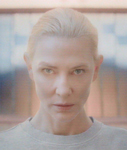 Bozo Over Roses (2025)
Bozo Over Roses (2025) Black Bag (2025)
Black Bag (2025) 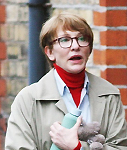 Father Mother Brother Sister (2025)
Father Mother Brother Sister (2025) 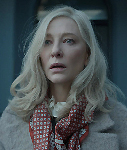 Disclaimer (2024)
Disclaimer (2024) 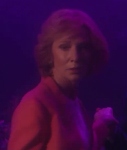 Rumours (2024)
Rumours (2024) 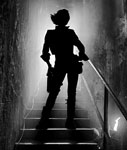 Borderlands (2024)
Borderlands (2024)  The New Boy (2023)
The New Boy (2023) 











